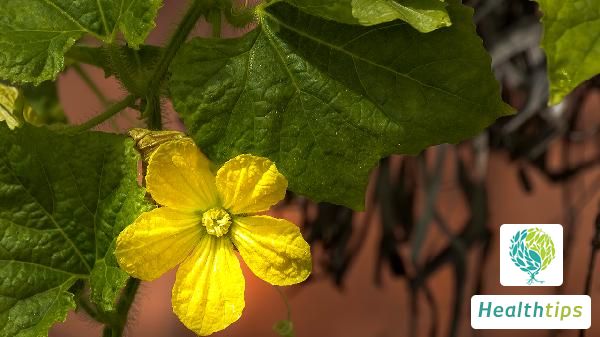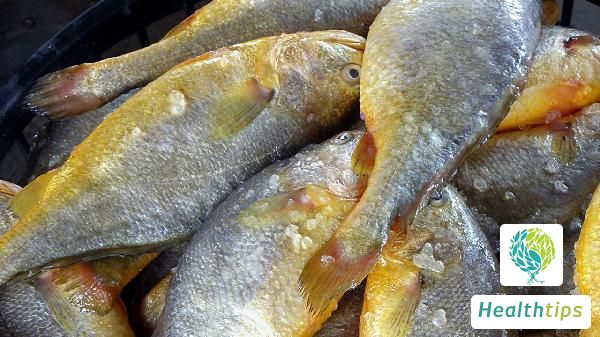What Are the Signs of Heatstroke in a Three-Year-Old Child?
The body of a three-year-old child is still developing constantly, and their resistance is not as strong as adults. Therefore, it is important to take good heatstroke prevention measures for three-year-old children during hot summers. Some parents may not be able to identify the symptoms of heatstroke in their children. In this case, parents should observe the symptoms of heatstroke in their three-year-old children and seek medical attention promptly if severe heatstroke occurs. What are the symptoms of heatstroke in three-year-old children? Let's take a look.

Firstly, during the hot summer, parents may find themselves sweating profusely, but suddenly notice that their child is not sweating. Then, observe whether the child's skin is red, the body is hot, and the lips are dry. If the child complains of feeling dizzy, nauseous, or losing their sense of direction, parents should pay close attention. The most obvious symptoms may include convulsions or unconsciousness. In such cases, parents should seek medical attention immediately or quickly move the child to a shady place to ensure a cooler surrounding temperature.
In daily life, it is recommended to consume more fruits and vegetables, maintain a positive attitude, avoid fatigue, and focus on physical recovery. Additionally, any symptoms should be promptly checked and treated at a hospital.
1. Avoid drinking large amounts of water at once. People with heatstroke should drink small amounts of water frequently, with each time not exceeding 300 milliliters. Excessive drinking should be avoided as it can dilute gastric juice, affecting digestion, and may also cause excessive sweating, leading to the loss of water and salt in the body, which can even trigger heat cramps in severe cases.
2. Avoid consuming large amounts of raw and cold fruits and vegetables. Most people with heatstroke have weak spleen and stomach functions. Eating excessive amounts of raw, cold fruits and vegetables can damage the yang qi of the spleen and stomach, leading to weakness in digestion, internal retention of dampness and cold, and possibly causing symptoms such as diarrhea and abdominal pain.
3. Avoid eating greasy food in excess. After heatstroke, it is recommended to reduce the intake of greasy food to accommodate the digestive function of the stomach and intestines during summer. Eating large amounts of greasy food can increase the burden on the gastrointestinal system, causing a large amount of blood to remain in the gastrointestinal tract and relatively reducing the blood supply to the brain. This can lead to increased fatigue and a higher risk of indigestion.
4. Avoid over-tonifying the body. After heatstroke, although the body may feel weak, it is not advisable to over-tonify prematurely. Early tonification may prevent the heat from dissipating or may even cause a recurrence of the heatstroke symptoms, which can be counterproductive.



















